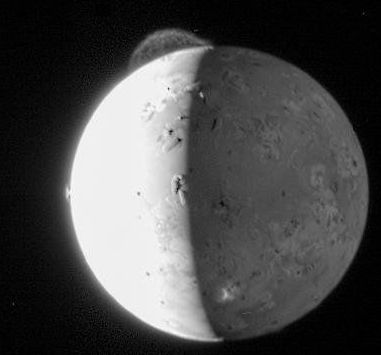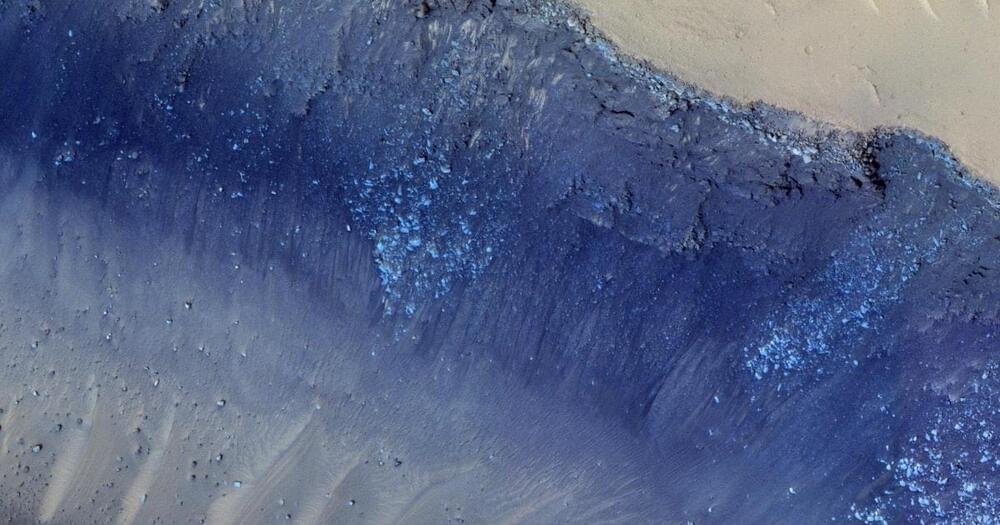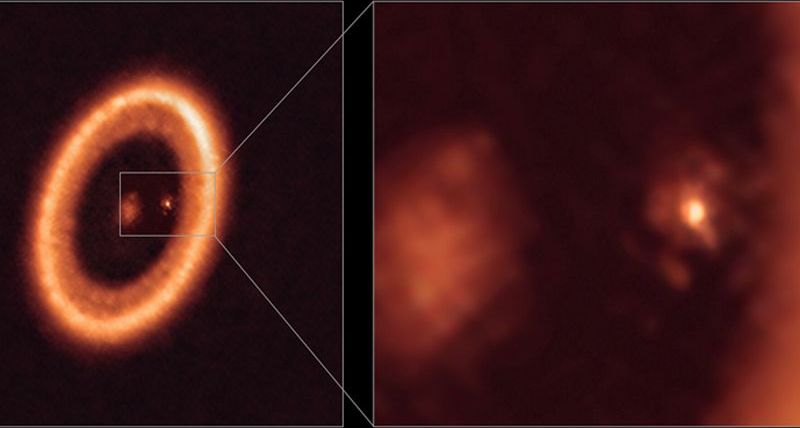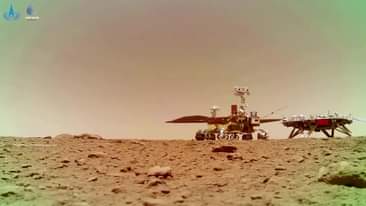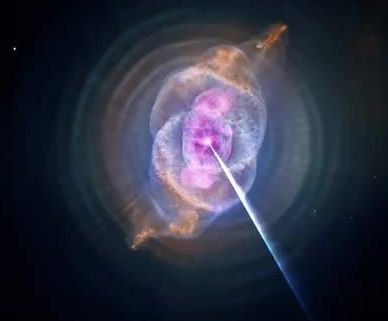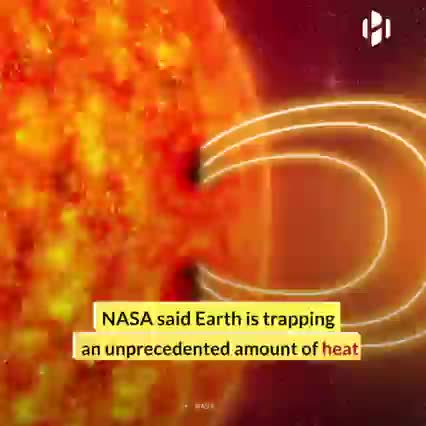NASA’s Juno spacecraft is “listening” in on radio emissions from Jupiter’s volcanic moon Io, allowing researchers to discover what triggers the strange radio waves.
Of all the planets in our solar system, Jupiter has the largest and most powerful magnetic field, which extends so far that some of the planet’s moons orbit within it. Because Io is closest to the planet, the moon is “caught in a gravitational tug-of-war” between Jupiter and two other large moons, according to NASA. These opposing pulls cause massive internal heat, which has led to hundreds of volcanic eruptions across the moon’s surface.
